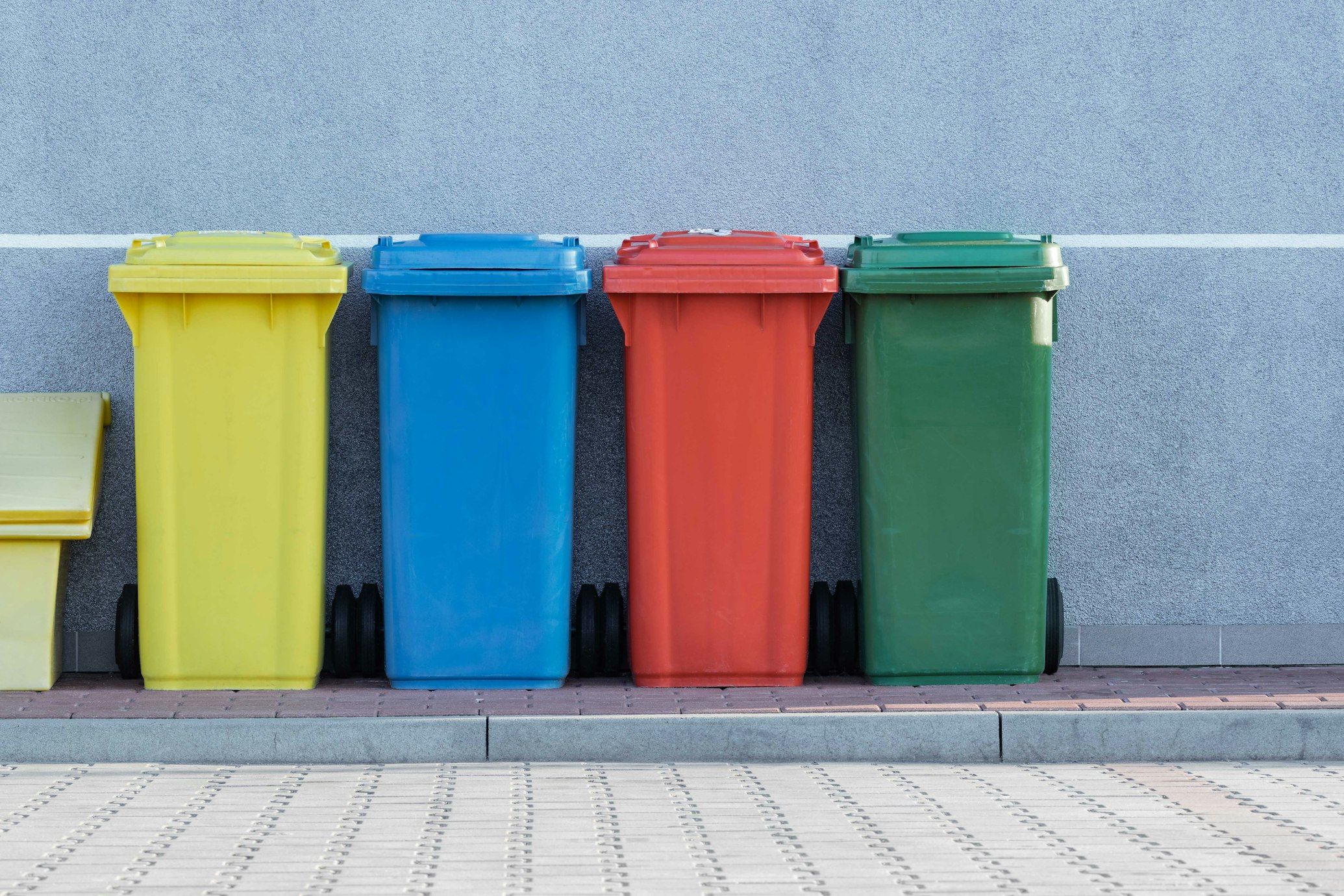All official European Union website addresses are in the europa.eu domain.
See all EU institutions and bodiesThe total greenhouse gas emissions from the supply chain supporting the EU’s textile consumption were 159 million tonnes of CO2 equivalent, or 355 kg per person in 2022.

The total greenhouse gas emissions in the supply chain of the textile products purchased by EU households in 2022 is estimated at 159 million tonnes of CO2 equivalent, or 355 kg per person. This makes textiles the 6th most important climate impact among household consumption domains, after housing, food and mobility, and comparable to restaurants and hotels, and recreation and culture.
Between 2010 and 2022, greenhouse gas emissions per person decreased by 22%, while consumption levels increased by 15%. This indicates an absolute decoupling of emissions from consumption, driven by a reduction in the GHG emission intensity of textile consumption. However, the overall increase in consumption has partially offset these efficiency gains. Since 2015, greenhouse gas emissions have stabilised, with a drop in 2020 and 2021 due to the reduced consumption caused by the COVID-19 pandemic. Afterwards, emissions have increased again.
Only 30 % of emissions take place in Europe itself. The remaining 70 % of greenhouse gas emissions occur outside Europe since nearly all stages of textile production, from fibre production to manufacturing, take place in countries with lower production costs. This is often due to lower wages, poor working conditions and less stringent environmental standards. The greenhouse gas emissions from fibre production vary between materials. Textiles made from cotton generally have the lowest climate impact. In contrast, textiles made from synthetic fibres usually account for more emissions due to their fossil fuel origin and the large energy consumption during production.
Increasing textile circularity through extended use, enhanced reuse, and improved recycling can reduce reliance on virgin materials and lower the greenhouse gas emissions associated with textile production. Shifting to circular business models emphasising eco-design, reuse, repair, and recycling would decrease the textile industry’s dependency on fossil fuels and mitigate their negative impacts on climate change.




